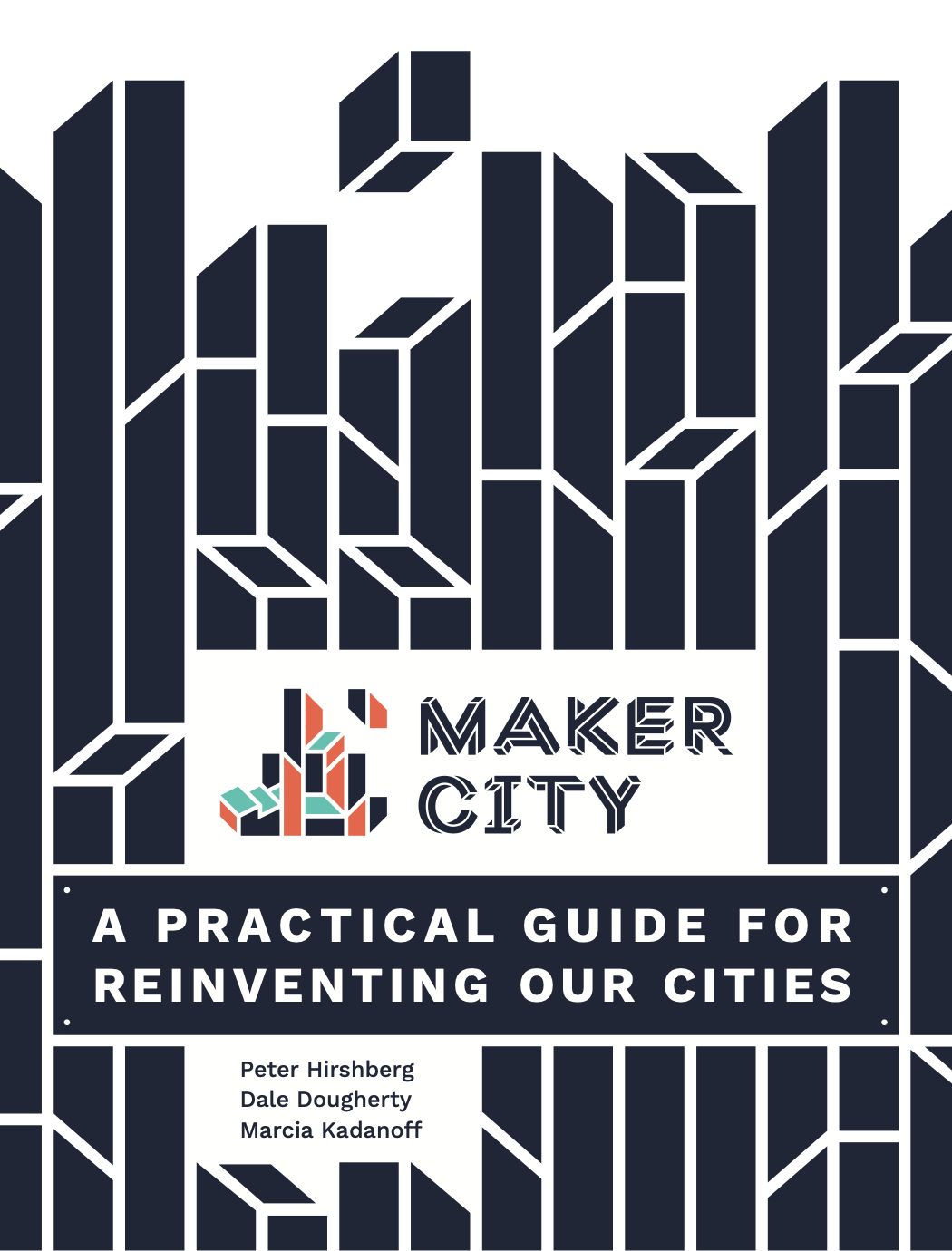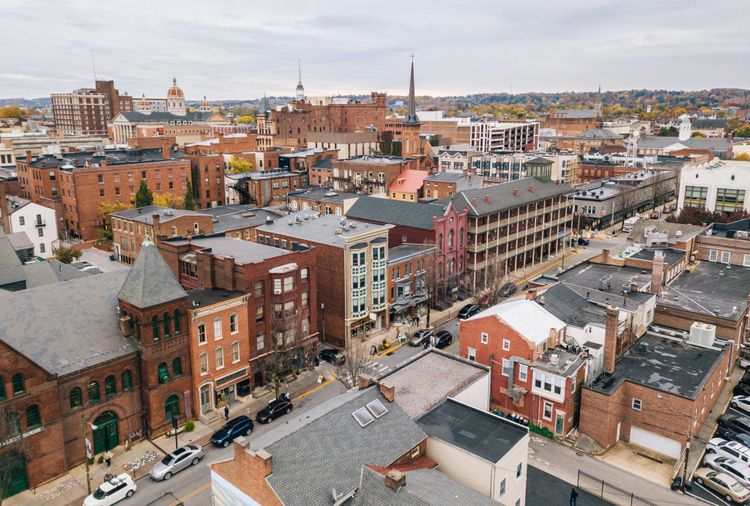It would be a pretty strange nation that concentrated all its economic goodness in one tiny place and left everywhere else future starved. Yet that’s precisely where we are as a nation.
One of the most hopeful economic stories in America is the investment in innovation in cities large and small in the USA. Some of this is being driven by the global trend back toward cities. When we were children, people were fleeing big cities due for the suburbs.
Remarkably the tech revolution has made cities more desirable. Because it’s easier and cheaper to start things than ever before (thanks to the cloud, easier ways to prototype products, lean methodology) it can be done most anywhere. But the formula only works because cities are places that can attract a concentration of talent and then build an ecosystem to support that talent. So today, we find cities competing on quality of life, attracting talent, supporting ecosystems.
What’s interesting is the most successful cities and towns away from the two coasts aren’t trying to be me-too copies of Silicon Valley, they are coming up with unique expressions of innovation based on their strengths. Witness Louisville building small batch manufacturing near its logistics hub, and GE co-creating appliances there with makers, artists and entrepreneurs at its First Build facility.
Pittsburg transformed from a steel town to software and now onto robotics and advanced manufacturing. In the process they are well into merging art, computing and making classes into integrated fab spaces for K-12 in the public-school system. They’ll have as diverse and sophisticated workforce as any city because of this. Mayor Peduto has been very intentionally planning invitation spaces, quality of life, and education as the future of his city. Chattanooga, Raleigh, Los Angeles, Salt Lake City, Miami and Burlington are all hip to this.
You could argue that one of Silicon Valley’s great exports is our approach to innovation. This is a particularly apt moment for all this because what needs to get invented nowadays is no longer pure software. In the world of IoT, wearables, new materials, additive manufacturing, more customized and smaller runs of products that take sophisticated authoring to create (everything from turbine blades to medical prosthetics), we need a wide range of making and manufacture cleverness. This calls on the full range of skills and capabilities seen across our cities –what Detroit is good at, the skills of the remade Brooklyn navy yard, the aerospace and making tradition of Los Angeles –coming together as probably the most exciting story and economic movement in America.
And we should give this movement it a name!
A couple years ago, Dale Dougherty, the Institute for the Future, Peter Hirshberg, and Marcia Kadanoff started calling this phenomenon “the Maker City.” The values of Silicon Valley and the Maker movement (experiment, fail fast, figure stuff out before you scale), the application of all this to makers, coding and project-based education, and its application to workforce development. We even wrote a book about this and the book itself became a modest best seller.
The book – entitled Maker City: A Practical Guide to Reinventing American Cities – was graciously funded by the Kauffman Foundation and is both a report on what works and a movement to further this progress. It’s been a privilege and exhilarating to work with so many cities which are at work on their future.
This is not some tired candidate complaining “who let the jobs out?” or more protectionist xenophobia. It’s America’s cities quietly figuring out what works, implementing 100 variations of the next economy, fueled by young people who are seeking out these affordable places and realizing they are great yet again. And to think Silicon Valley had something to do with this. That’s a hell of a thing to brag about.
Originally published on the Maker City blog





